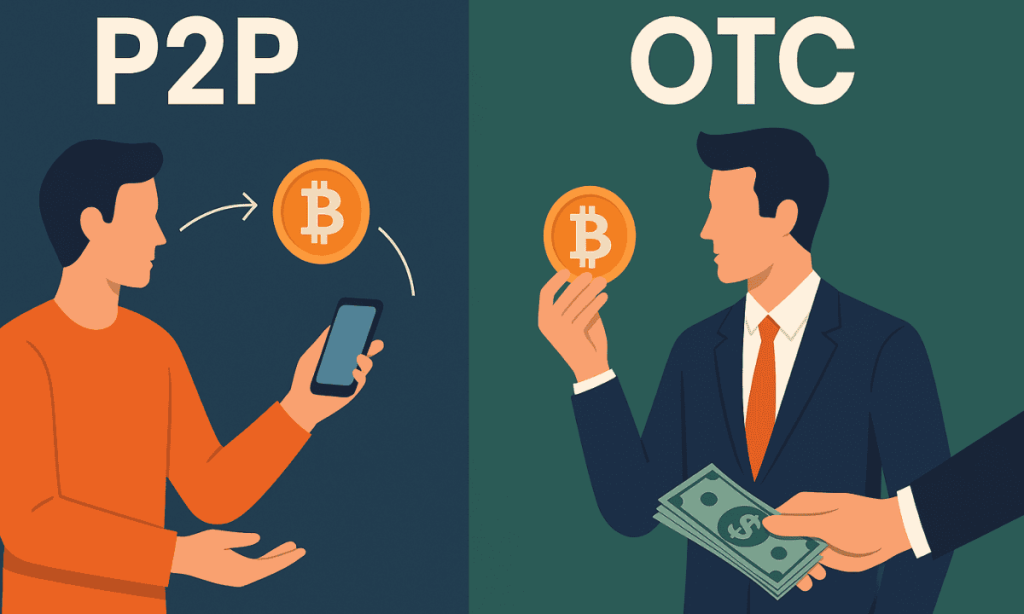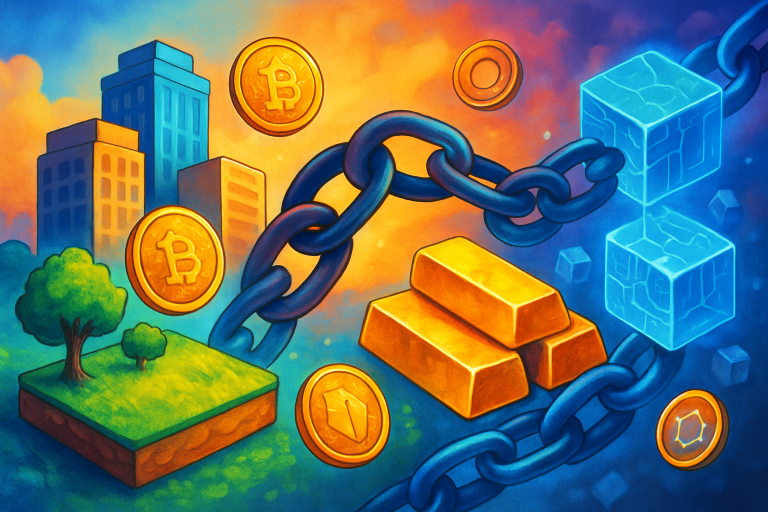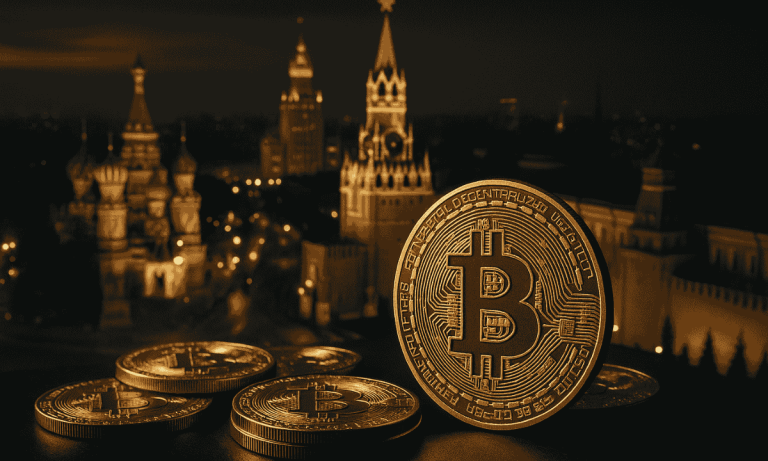On the surface, converting crypto looks simple. Swap coins, get cash, done. But if you’ve actually tried it, you know it’s not always that easy. The moment you move money—whether it’s $200 in stablecoins or a stash big enough to shake the market—you hit a choice: P2P or OTC.
P2P: Fast, Flexible, a Bit Messy
Peer-to-peer trading is crypto at its most raw. Two people, two wallets, one deal. Sometimes it’s through platforms like Binance P2P, sometimes in a Telegram group, and sometimes with a stranger you trust because an escrow system sits in the middle.
The good part? Flexibility. You pick the payment method, you can negotiate rates, and in countries where banks make crypto hard to access, P2P can be the only way to move funds. For many, it’s not just useful—it’s survival.
But it has rough edges. Traders can vanish. Scams still happen. And if local regulators are strict, what feels like freedom can quickly turn into a legal headache. P2P is fast, human, sometimes risky, and often very real.
OTC: Built for Big Players
On the other end sits OTC—over-the-counter trading. This is where the big money moves. Think miners selling millions in Bitcoin, hedge funds reshuffling portfolios, or wealthy investors making quiet swaps.
The perks? Huge liquidity and almost no slippage. You can sell $20 million in ETH without crashing the price chart. Plus, it’s discreet. These trades don’t happen on public order books where everyone can see.
But OTC isn’t built for everyday users. Minimum trade sizes are high, spreads can be wider, and the paperwork is heavy. It’s clean and efficient—but designed for institutions and serious whales.
Which One’s Smarter?
It really depends on who you are and what you need.
- Selling $500 in USDT to cover rent? → P2P makes sense. Quick, cheap, and flexible.
- Offloading $50 million in BTC without wrecking the market? → You call OTC.
Each path solves a different problem. The mistake is pretending one is better for everyone.
Where They’re Meeting in the Middle
The funny thing? The line between them is starting to blur. Exchanges now run P2P platforms with compliance rules baked in. OTC desks are dropping their minimums to bring in wealthy individuals, not just funds. Both are changing because users demand it—and regulators are watching.
Governments often look at P2P with suspicion, worrying about money laundering. OTC desks, once very private, are being pushed to open up. Slowly, both sides are moving toward something more balanced, less shadowy.
The Bottom Line
The smarter choice isn’t about picking sides. It’s about knowing the trade-offs. P2P gives you freedom and reach. OTC gives you safety and scale.
And maybe that’s the point. In crypto, choice itself is the freedom. Whether you’re a small trader flipping stablecoins or a fund moving millions, the rails of money no longer look the same for everyone.








